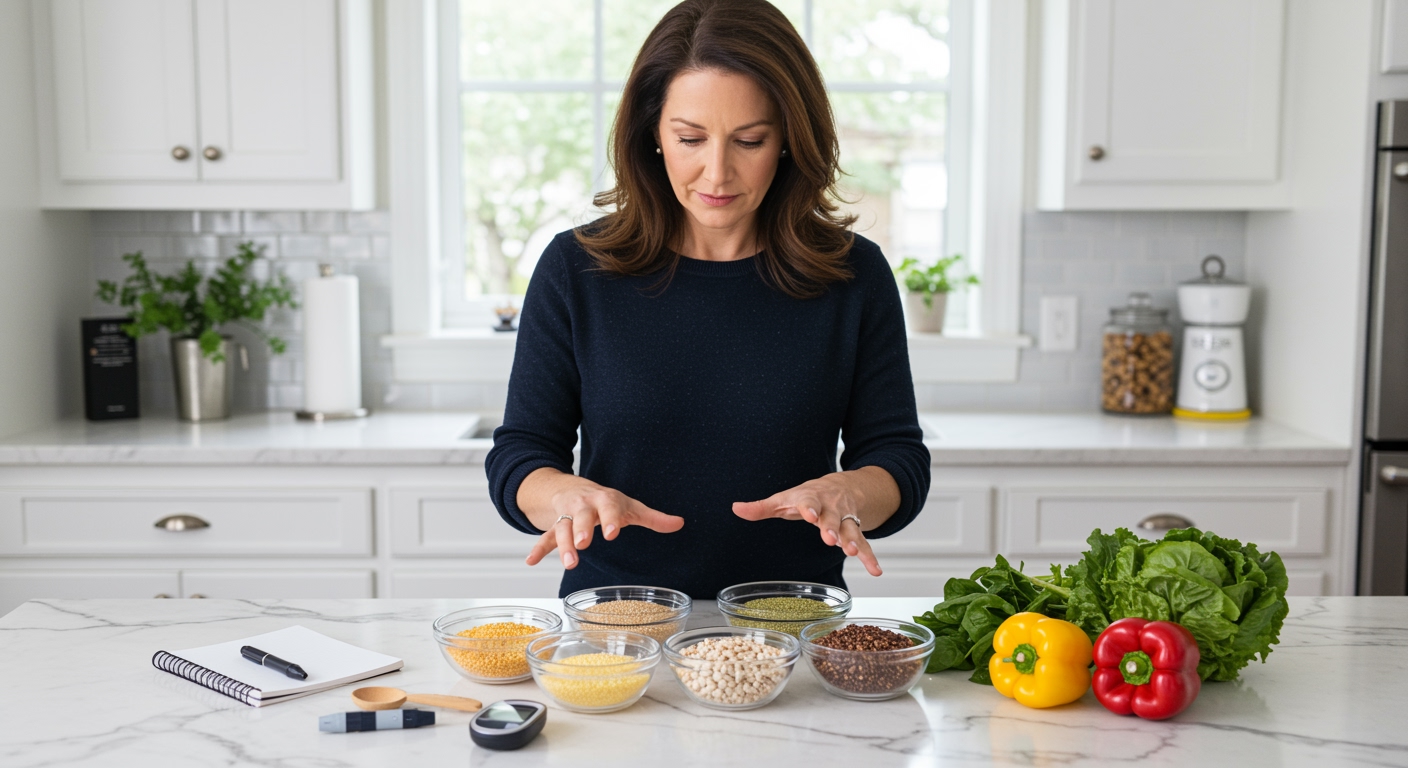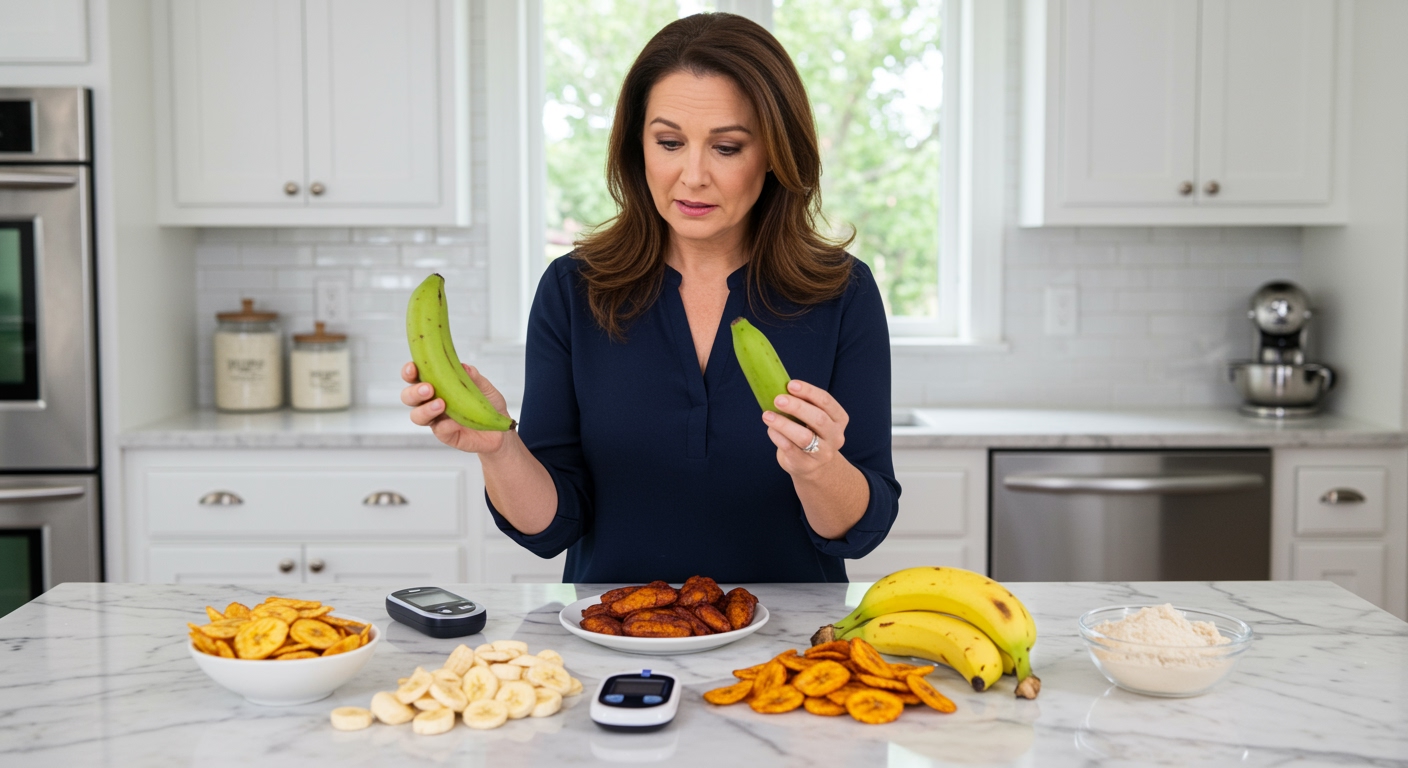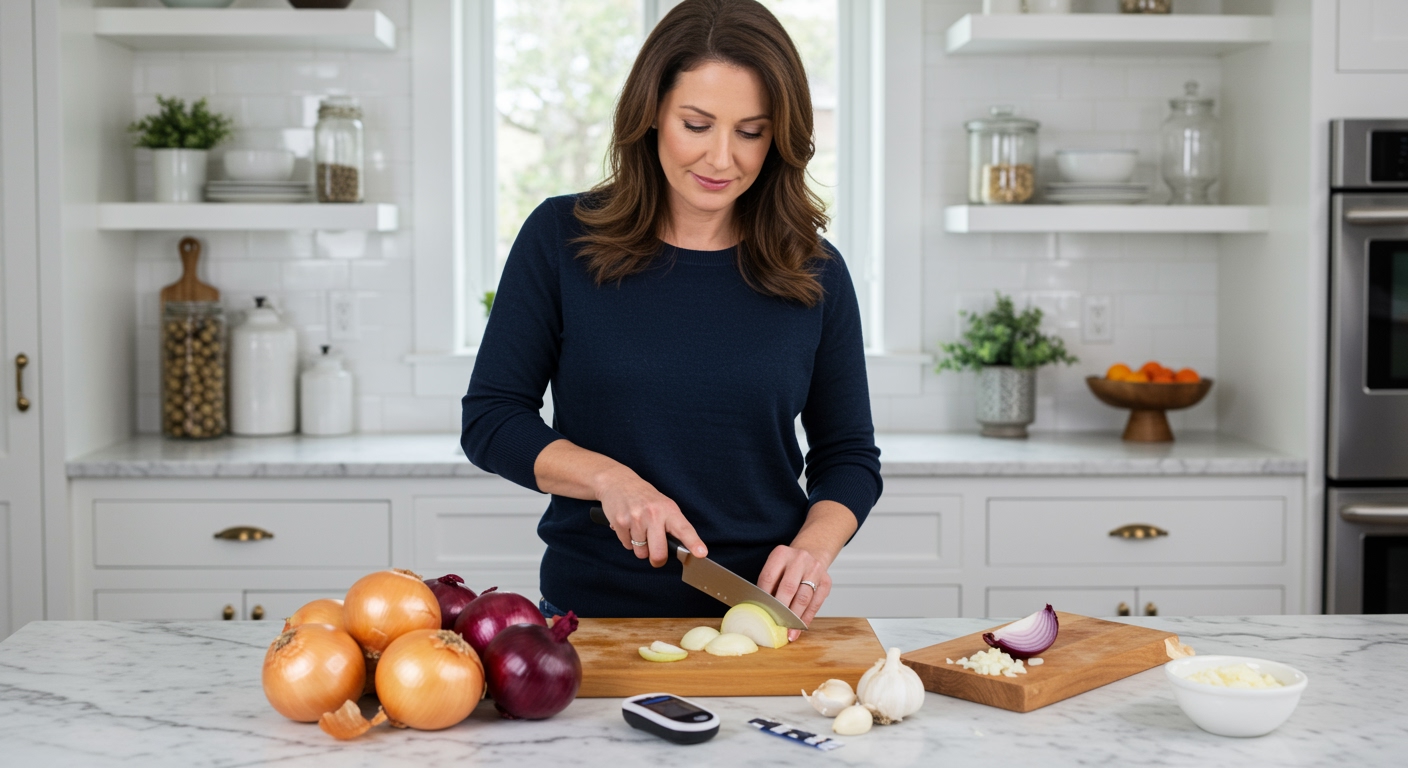✪ Key Takeaway: Millet is excellent for diabetes because it has a low glycemic index and helps control blood sugar better than rice and wheat.
Introduction
Your doctor just told you to watch your carbs, and now you stare at your plate wondering what you can actually eat.
You might be asking this question because you heard millet is a healthy grain, but you are not sure if it will spike your blood sugar like other grains do.
Hi, I am Abdur, your nutrition coach, and today I am going to explain why millet is actually one of the best grain choices for people with diabetes.
What Makes Millet Different From Other Grains?
Millet stands apart from rice and wheat because of its unique fiber structure and protein content.
This ancient grain contains more resistant starch than most common grains.
Resistant starch acts like fiber in your digestive system.
It passes through your small intestine without being fully digested.
This means your body absorbs glucose more slowly, preventing those dangerous blood sugar spikes that happen with white rice or bread.
Research shows millet has a glycemic index between 54-68, which is significantly lower than white rice at 73 or white bread at 75.
The lower the glycemic index, the gentler the impact on your blood sugar levels.
✪ Fact: Millet contains 3-4 times more fiber than white rice, which helps slow down sugar absorption.
How Does Millet Control Blood Sugar?
When you eat millet, several mechanisms work together to keep your blood glucose stable.
The high fiber content slows down the breakdown of carbohydrates in your digestive system.
This creates a steady, gradual release of glucose into your bloodstream instead of a sudden flood.
Millet also contains magnesium, a mineral that helps your cells respond better to insulin.
Better insulin sensitivity means your body can move glucose from your blood into your cells more efficiently.
The protein content in millet further helps by requiring more energy to digest, which can improve your overall metabolic rate.
Studies have shown that people who replace rice with millet experience a 25-30% reduction in post-meal blood sugar levels.
✪ Pro Tip: Eat millet with vegetables or lean protein to further slow down sugar absorption.
Which Type Of Millet Is Best For Diabetes?
Not all millets are created equal when it comes to blood sugar control.
Pearl millet has the lowest glycemic index at around 55, making it the top choice for diabetes management.
Finger millet comes second with a glycemic index of 57-60.
Both varieties contain higher amounts of calcium and iron compared to other grains.
Foxtail millet and little millet also work well, with glycemic indexes around 62-65.
The key is choosing whole millet over processed millet flour or products.
Processing removes the fiber-rich outer layer, which eliminates many of the blood sugar benefits.
✪ Note: Always buy whole millet grains rather than millet flour for maximum blood sugar benefits.
How Much Millet Should You Eat Daily?
The right portion size makes all the difference in managing your blood sugar response.
Start with 1/4 to 1/3 cup of dry millet per meal, which cooks up to about 3/4 cup.
This amount provides approximately 30-35 grams of carbohydrates, which fits well within most diabetic meal plans.
You can eat millet 2-3 times per day as a replacement for rice, wheat, or other grains.
Monitor your blood sugar 2 hours after eating millet to see how your body responds.
Most people with diabetes find their blood sugar stays below 140 mg/dL when eating appropriate portions of properly prepared millet.
If you are taking diabetes medication, work with your healthcare provider to adjust portions based on your individual needs.
✪ Pro Tip: Cook millet with extra water and let it cool slightly before eating to increase resistant starch content.
Are There Any Risks With Eating Millet?
Millet is generally safe for most people with diabetes, but there are a few things to consider.
Some varieties contain goitrogens, compounds that can interfere with thyroid function if eaten in very large amounts.
However, normal dietary amounts pose no risk for most people.
If you have thyroid problems, limit millet to 1-2 servings per day and ensure you get adequate iodine from other sources.
Millet is also higher in oxalates than some grains, which could be a concern if you have a history of kidney stones.
The biggest mistake people make is eating too much too quickly when switching from rice to millet.
Start with small portions and gradually increase to avoid digestive discomfort from the higher fiber content.
✪ Note: Soaking millet for 2-3 hours before cooking reduces antinutrients and improves digestibility.
The Bottom Line
Millet is not just good for diabetes – it is one of the best grain choices you can make for blood sugar control.
Small changes in your grain choices can create big improvements in your blood sugar management.
I would love to hear about your experience with millet or any questions you might have about incorporating it into your diabetes meal plan – please share your thoughts in the comments below.
References
At NutritionCrown, we use quality and credible sources to ensure our content is accurate and trustworthy. Below are the sources referenced in creating this article:
- Frontiers in Nutrition: Nutritional and Health Benefits of Millets
- PubMed: Millet Consumption and Type 2 Diabetes Risk
- PMC: Glycemic Response of Millet-Based Foods
- SmartFood: Millet May Lower Your Risk of Type 2 Diabetes





